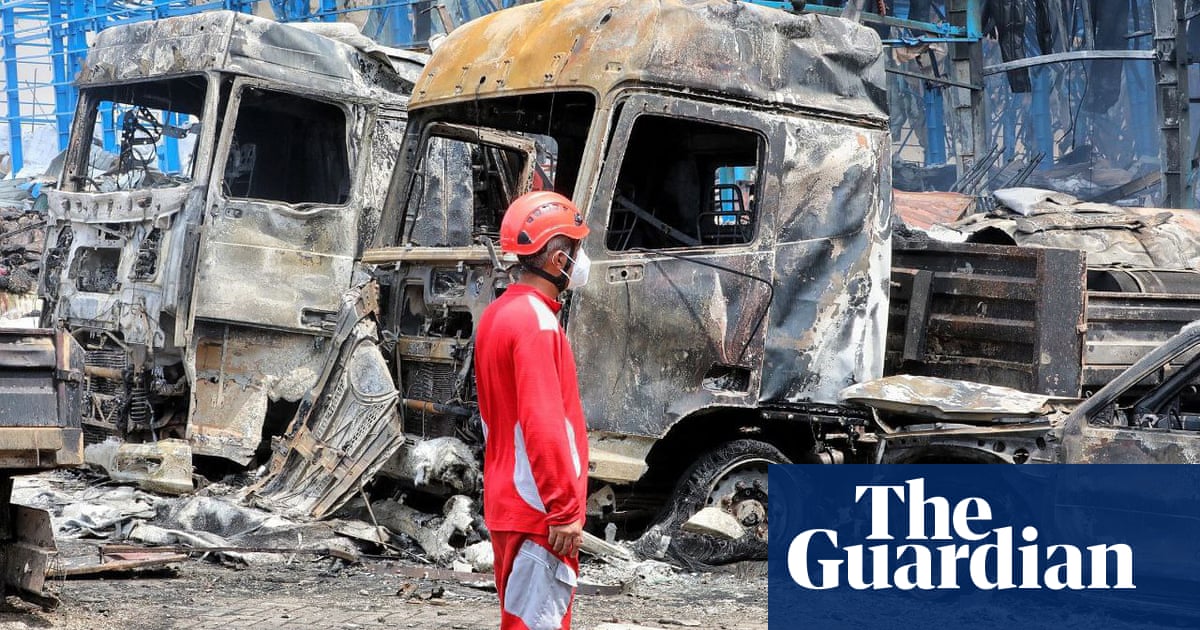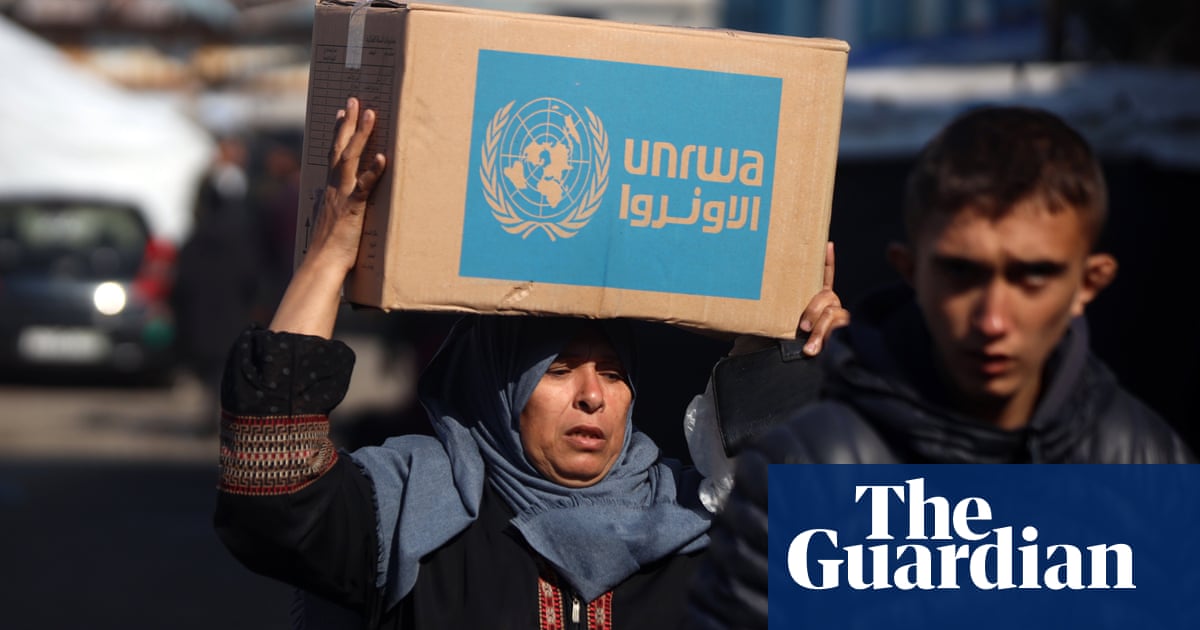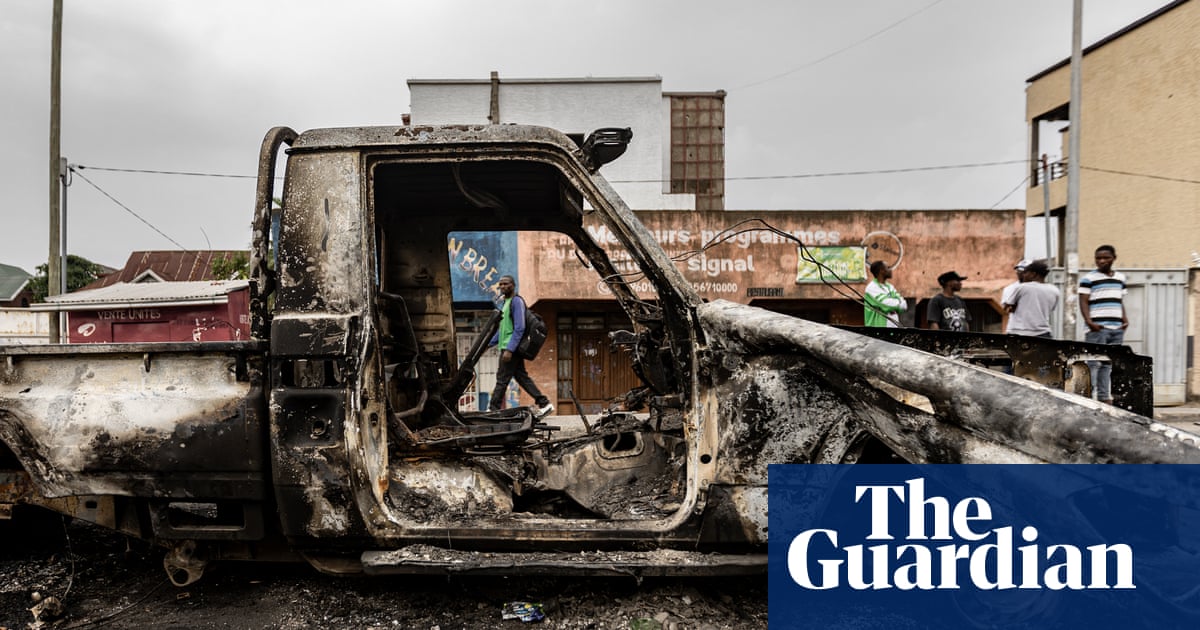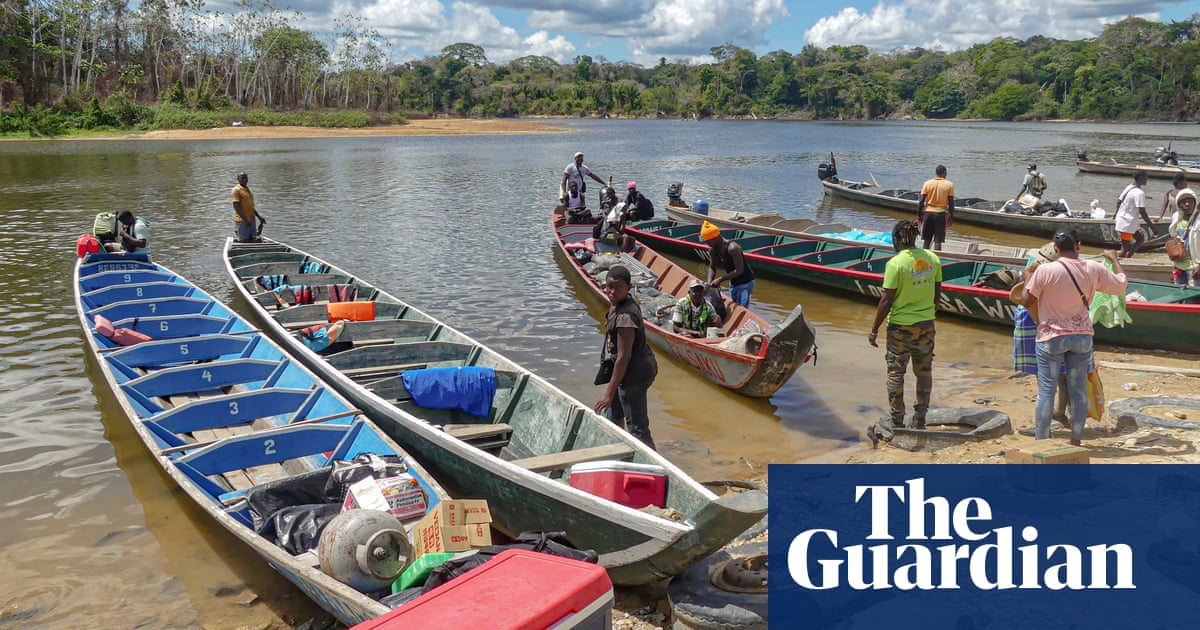Anina is, in many ways, a typical teenager. She loves her boyfriend, cartoons and football – she supports Manchester City. Until recently, TikTok dancing brightened her days. “Any kind of dancing,” she says.
When the Guardian met her she was about to turn 18 and was on crutches, her ankle twisted during a scramble to escape a Myanmar military airstrike. A soldier of the Chin militia, the four years of civil war against the ruling junta have consumed much of Anina’s adolescence.
The teenager has been trained as a sniper, in a challenge to both Myanmar’s military rule and patriarchal norms. She has killed more men than she cares to tally.
“I hate people boasting about how many they’ve killed,” she says. “I stopped counting after three.”
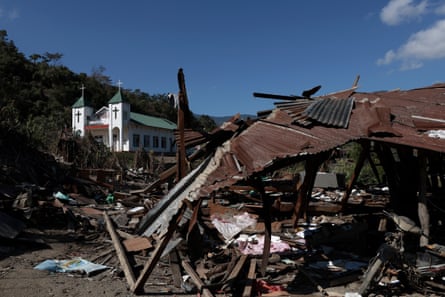
In Falam, western Myanmar, Anina – her nom de guerre – is the only female resistance fighter among hundreds besieging the military’s last garrison. Her marksmanship has won respect in a deeply patriarchal society where, she says, girls are dismissed as too weak for combat yet children are widely recruited.
Taking the former capital of Chin State, a predominately Christian territory bordering India, would mark a milestone in the armed struggle for democracy. It would be the first time resistance forces have captured a district centre without support from established ethnic armies, according to her group, the Chin National Defense Force (CNDF).
Created after the military ousted an elected government in February 2021, these civilian-formed resistance forces are dominated by young people. The Chin fighters want to push the junta forces back to Myanmar’s Buddhist heartland and defeat them there. But they face an enemy equipped with Chinese and Russian jets, which controls cities and airports, and which answers battlefield losses with atrocities.
“Because of them, I have lost many friends,” Anina says, as a junta transport plane thunders overhead.
Her friends call her Anina – which sounds like “close by” in Burmese – because they say they feel her presence even when she isn’t there. Her real identity remains hidden to protect her family.

Myanmar has a long history of children being drawn into armed conflict. For years, the country has appeared on international lists where children are recruited by both the governing military and ethnic militias fighting for autonomy.
In June 2022, the UN Secretary General’s annual report on children and armed conflict documented verified cases of child recruitment in the country: 260 boys and 20 girls, some as young as 12. Most were attributed to the Myanmar military with 222 cases, while others were recruited by various ethnic armed groups.
The situation has worsened since the 2021 coup. With limited opportunities, many young people who remained in the country have sought to join anti-junta resistance groups.
A UN committee warned that in just over a year after the coup, as many as 382 children had been killed by the military and its allies, with another 142 tortured. During that time, over 1,400 children had reportedly been arbitrarily detained, including those who participated or were suspected of participating in protests.
In Falam, Anina, armed with an Indian rifle, and the other Chin snipers patrol the mountains, hunting for the enemy. The two sides are close enough to trade taunts. But Anina moves in silence, shooting from 50 to 700 metres away, never lingering – to do so risks death by rocket-propelled grenade, artillery, airstrike or enemy sniper.
“We heard about the girl sniper,” a captured junta soldier told the Guardian. “We were told the snipers here were accurate and scary; that in one night, they killed four of our soldiers.”
Anina learned to shoot as a child, joining village deer hunting parties with her father. “I don’t fear the sound of the gun,” she says. “My father told me how to focus and concentrate on the target.”

She joined the uprising aged 14, after the military opened fire on peaceful protesters across the country. Despite her shooting skills, she was young and female, so she was assigned to cleaning and cooking duties. But she was drawn to elements of the resistance that challenged the military’s deep-rooted chauvinism and misogyny.
“We were told men and women would be treated the same,” she says. “But when we went to the frontline, girls were asked to cook. I don’t like cooking.”
Her path to becoming sniper began with Azad, a self-described “leftist internationalist” from the southern US, who had spent four years fighting alongside Kurdish forces in Syria before joining Myanmar’s resistance a year ago. Under his training in July 2024, Anina tied for top place among 12 trainees, of which, then 17, she was the youngest. Her fellow top performer, Obed, was killed last November.

Azad, 24, recalls Anina’s resolve during training. Once, when scope recoil split her forehead, he feared the bullet had exploded in the chamber. “There was blood on her face,” he says. “She woke seconds later. The shot had hit. She wiped the blood, got back on the scope, and struck the target again.”
Now helping to form a group of foreign volunteers, Azad sees the struggle in Myanmar as a “revolt against the textbook example of state power – fascism”.
“It’s a natural uprising coming from the human inability to accept dictatorship,” he says. “For people worldwide, that’s a wellspring of hope.”
For Anina, meeting a foreign fighter in these remote hills seemed “unbelievable” at first. “He wants [us] to have the same freedom he has in his country,” she says.
after newsletter promotion
The only under-18 in the sniper squad – a teddy bear tucked into her tactical vest – Anina first lost her education to pandemic lockdowns, then refused to attend junta-run schools. She doesn’t miss it: “I hate maths.”

Now, she studies ballistics, measuring scope, wind and terrain. “Sniping is my favourite thing,” she says, “so I didn’t mind learning that.”
She serves under Olivia Thawng Luai, the CNDF’s defence secretary and former national karate champion.
Olivia Thawng Luai insists that the CNDF officially deploys only fighters aged 18 and over in combat roles, but says some youths like Anina threaten to join other armed groups if refused. She says Anina was urged to stay in education. “We couldn’t convince her,” Olivia Thawng Luai says. “And she was the best sniper in training, so we let her hold the gun.”
She adds that children should not be fighting but be educated “to lead our land”.
“They should be pursuing their dreams,” she says. “Instead, they’re here in the forest, fighting the military. That upsets me.”

Wounded in the arm by shrapnel in her first Falam battle in November, Anina persisted. “Everyone thinks girls belong in the kitchen and should be motherly,” she says. “It’s just an excuse. Now I’m always at the front. My comrades treat me as an equal.”
Thinzar Shunlei Yi, a prominent democracy activist, says women have had to “push twice as hard to be taken seriously”, though the conflict is forcing all of Myanmar “to rethink gender roles”.
Recent reports say the military junta in Myanmar plans to conscript women to replenish its depleted ranks.
“The real test is whether these changes last,” Thinzar Shunlei Yi says. “If women are good enough to fight and die for freedom, they should also be good enough to lead in a new Myanmar.”
Anina’s boyfriend, Vak Vei, 20, is a fellow sniper with bloodshot eyes from night operations. He says they worry for each other, but take comfort in serving together. They wear matching hairbands on their ankles from their first meeting at a rebel camp two years ago. “She’s the leader in our couple,” he says. “I rely on her.”
Other bonds are kept distant. Anina hasn’t seen her family in a year, keeping her phone on flight mode to avoid their calls.
“I miss them. I want to go home sometimes,” she says. “But if I return, my parents won’t let me leave again. I’ll stay until we win.”

She has a message, she says, for girls and young women: “Don’t tolerate being looked down on, or hit, or whatever they do because you’re a woman. Fight back. If you get a slap, slap them back.”
For now, she spends her time in bomb craters and abandoned homes, her world narrowed to her scope’s view.
“I don’t look like someone who dances now,” she says, glancing at her crutches. “These days, I don’t feel like dancing so much.”

 4 weeks ago
20
4 weeks ago
20


